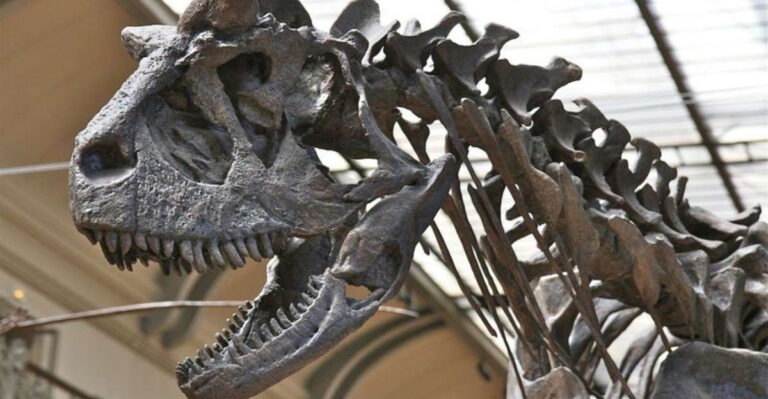Research Reveals Why North America’s Majestic Mammals Vanished 50,000 Years Ago
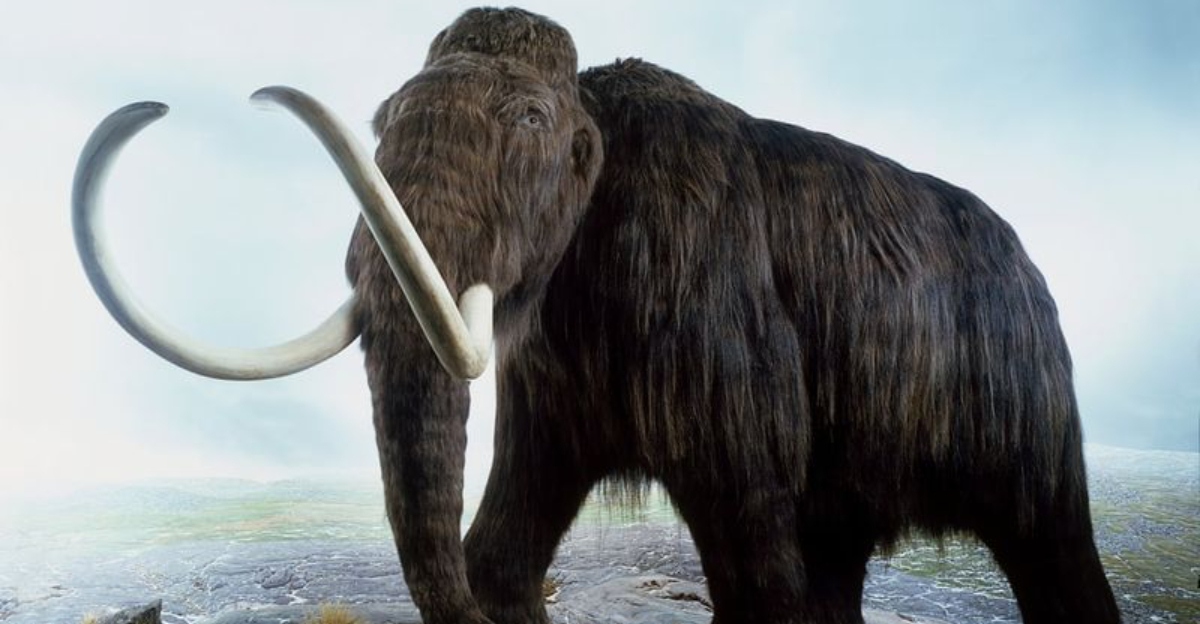
Around 50,000 years ago, North America was home to an array of colossal mammals, including mammoths, mastodons, and giant ground sloths. These magnificent creatures roamed vast landscapes, but suddenly, they disappeared.
The reasons behind their extinction remain one of the great mysteries of prehistoric times. Was it due to climate change, overhunting by early humans, or a combination of both?
Human Activities
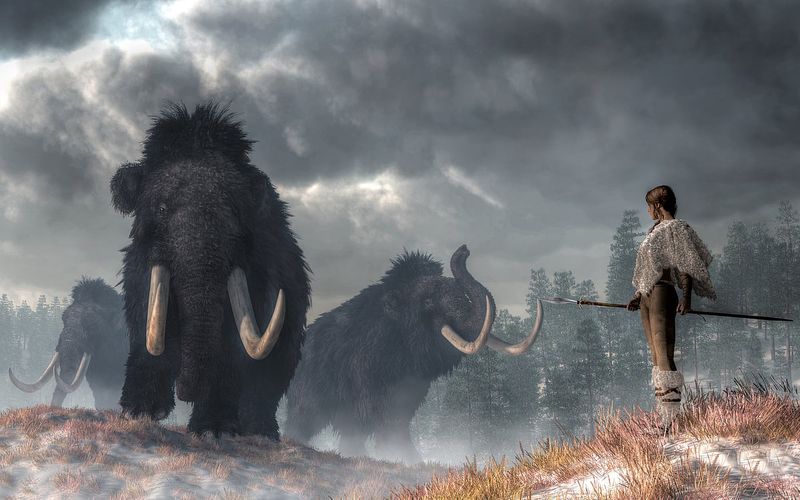
Some researchers assert that early humans significantly influenced the decline of megafauna through hunting and habitat disruption. The arrival of humans in North America coincided with the disappearance of large animals, suggesting a strong link.
Ancient humans, skilled hunters, relied heavily on megafauna for sustenance, as indicated by chemical analyses of their remains. This dependence on large mammals made them a prime target, exacerbating their vulnerability.
Additionally, humans altered landscapes to suit their needs, creating competition for resources. This anthropogenic pressure, combined with other factors, played a pivotal role in the extinction of these majestic creatures.
Climate Change
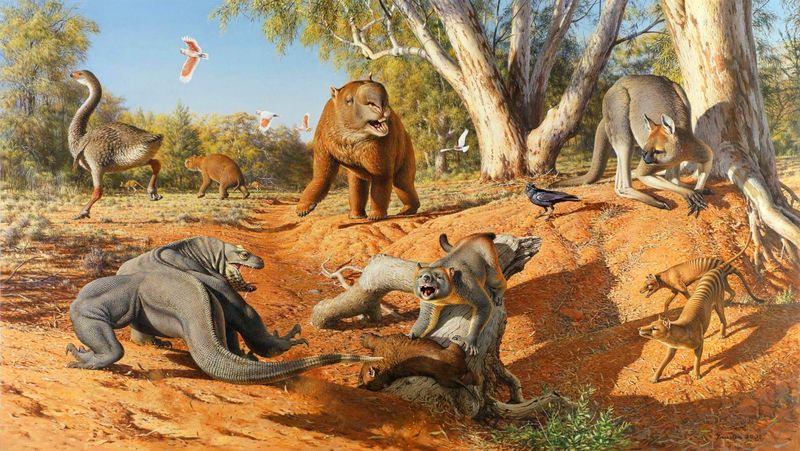
As glaciers receded at the end of the Last Ice Age, North America underwent profound climatic shifts. These changes resulted in rapid habitat alterations, challenging the adaptability of megafauna.
Warmer temperatures led to the transformation of ecosystems, reducing the availability of traditional food sources. Such environmental upheaval placed immense stress on large mammal populations, unable to cope with the swift changes.
The combination of rising temperatures and melting ice reshaped the continent, contributing to the decline of these ancient giants.
Role Of Disease
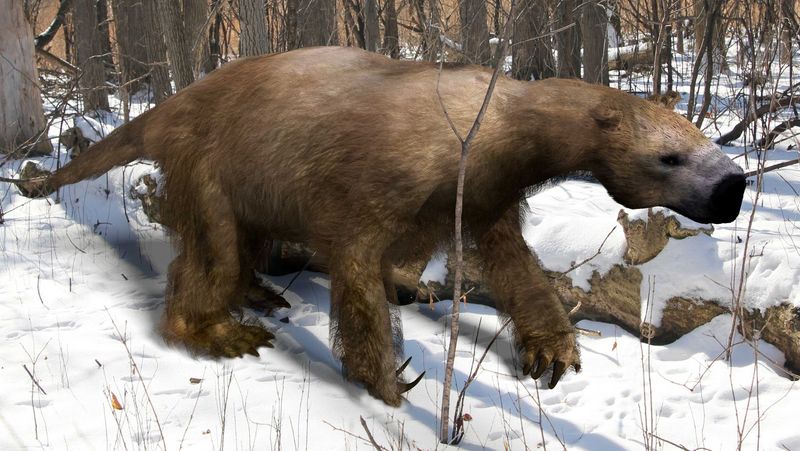
The introduction of new diseases might have further stressed megafauna as early humans migrated across continents. These humans potentially carried pathogens that local animal populations had never encountered, leading to devastating outbreaks among large mammals.
Much like the later impact of European diseases on indigenous human populations, these infections could have quickly spread. Already weakened by changing climates and human hunting, megafauna were particularly susceptible to disease.
This biological pressure added another layer of complexity to their extinction, illustrating the intricate web of factors that led to the demise of North America’s large mammals.
Changes In Vegetation And Food Sources
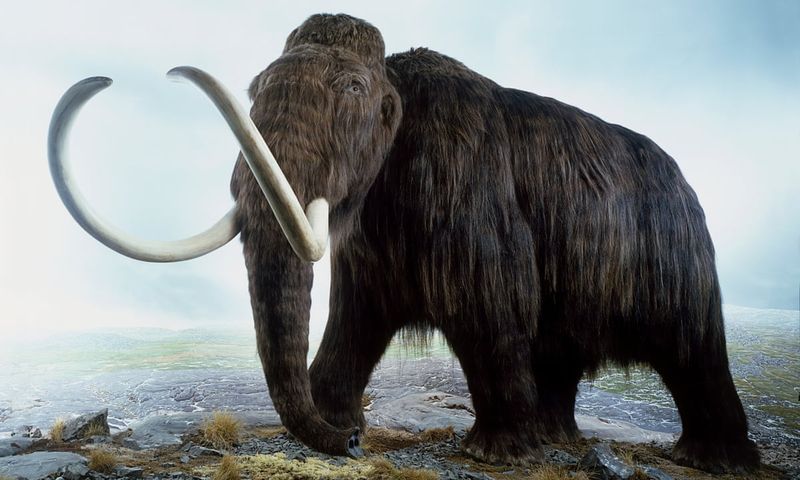
Climate-driven vegetation changes significantly impacted megafauna survival. As temperatures shifted, North American landscapes transformed from grasslands to forests, altering the available food sources.
Species like mammoths thrived on open plains, and the swift change in flora presented a dietary challenge. With traditional food scarce, these animals faced nutritional stresses.
This scarcity made them more vulnerable to other pressures, such as hunting and disease.
The Younger Dryas Impact Hypothesis
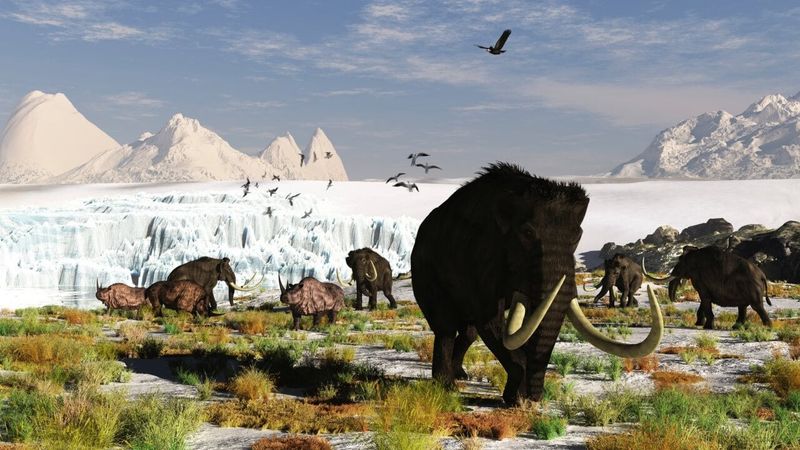
The Younger Dryas impact hypothesis suggests a catastrophic comet or asteroid hit around 12,800 years ago. This event may have triggered wildfires, causing abrupt cooling and further straining megafauna populations.
The sudden return to glacial conditions disrupted ecosystems, leading to habitat loss. While controversial, this theory posits that such an impact, combined with human activities and climate change, accelerated the extinction.
Even without unanimous agreement, the hypothesis offers an intriguing perspective on the multitude of challenges faced by these creatures.
Combined Factors
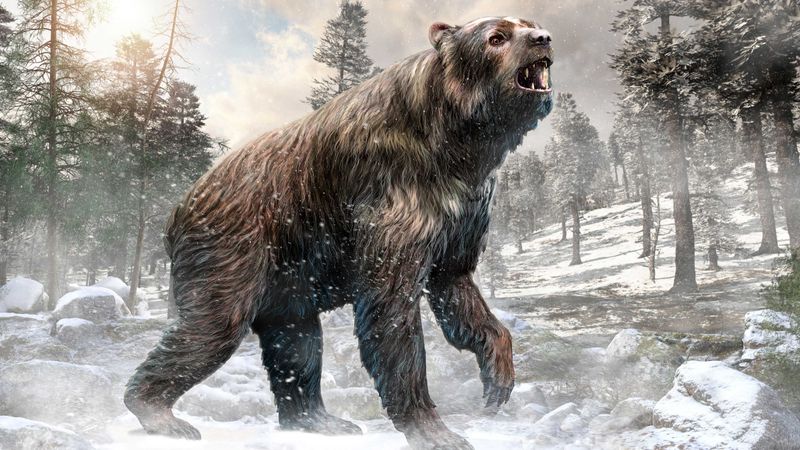
The extinction of North America’s megafauna likely stemmed from a combination of factors, with human pressures and climate change being central. Increased predation by humans, alongside rapid environmental changes, created insurmountable challenges.
The interplay of these elements formed a perfect storm, rendering survival untenable. Scientists emphasize the importance of considering multiple contributing factors when studying extinction events.
This multifaceted approach helps illustrate the complexity of ecological systems and the delicate balance required for species to thrive.
Volcanic Activities Impact
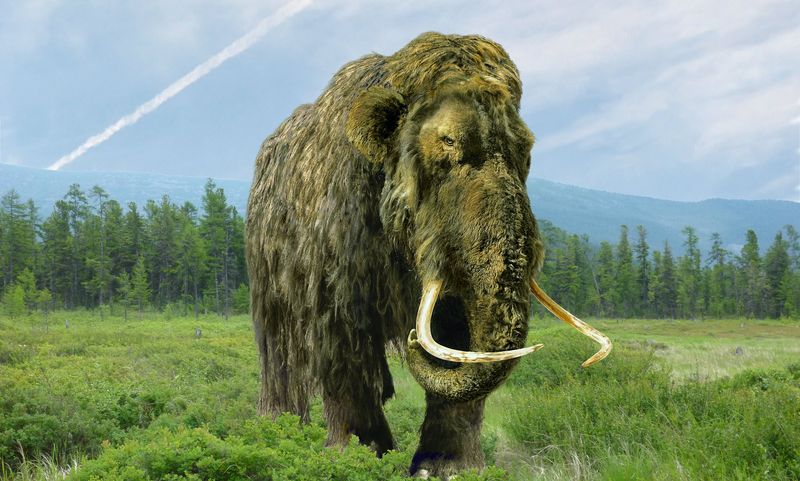
Could the heart of the Earth have sealed the fate of North America’s majestic beasts? Volcanic activities, with their catastrophic force, spewed ash and toxic gases, disrupting the delicate balance of ecosystems.
This environmental upheaval might have led to drastic climate shifts, affecting the habitats of large mammals. Ancient mammoths, known for their resilience, struggled against these harsh changes, as their food sources dwindled.
Volcanic winters may have blanketed the region, pushing these magnificent creatures to their limits. In the shadow of ash and fire, they faced challenges beyond their endurance.
Magnetic Field Reversal
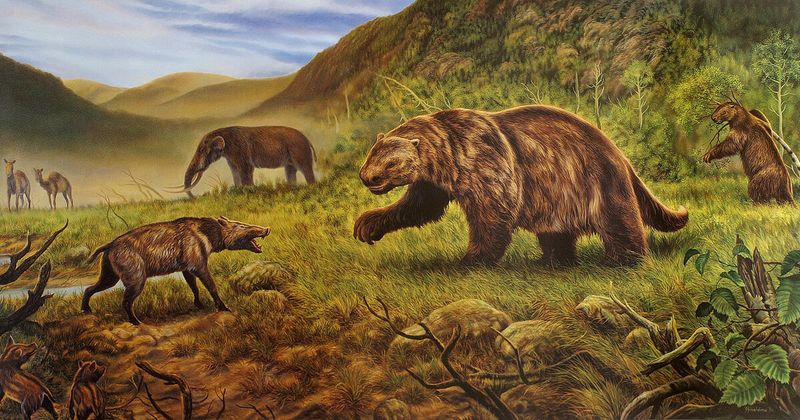
What if the Earth’s invisible shield turned against its own inhabitants? The magnetic field reversal could have played a pivotal role in the extinction of North America’s grand mammals.
This phenomenon might have disrupted migratory patterns, leaving herds disoriented and vulnerable. The once-mighty mastodons, for example, might have lost their way, wandering into inhospitable territories.
Additionally, increased solar radiation during a weakened magnetic field could have posed severe health threats. With the natural compass gone awry, survival became an insurmountable challenge for these ancient giants.




